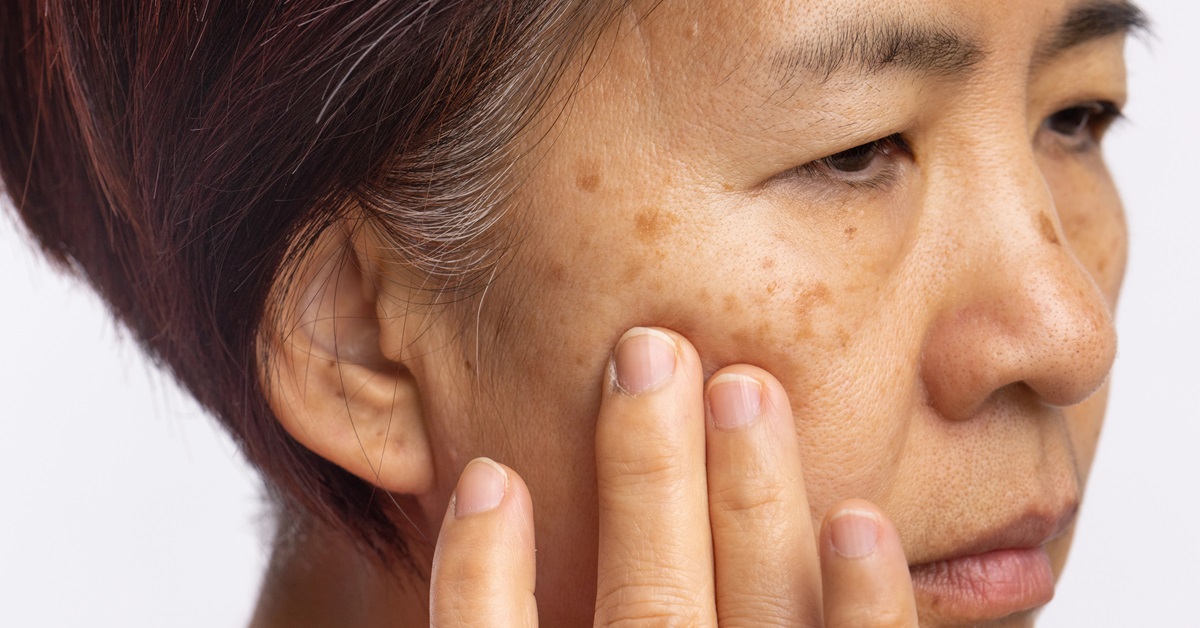4 Melasma Myths Debunked: What’s True and What’s Not

Melasma is a common skin condition characterized by brown or grayish-brown patches, typically on the face. Though it’s medically harmless, it often affects self-confidence and triggers questions about prevention and treatment. However, there’s a lot of misinformation on the subject that can confuse people seeking answers or solutions.
Today, we’re breaking down four of the most popular myths about melasma to separate fact from fiction. Whether you’re based here in Marietta, Georgia, or anywhere else, the insights we share will empower you to manage melasma more effectively.
Myth 1: “Melasma is only a cosmetic issue.”
This is a widely believed misconception. While melasma itself doesn’t pose serious medical risks, limiting the discussion to its cosmetic aspect downplays its psychological effects.
“Melasma can significantly impact one’s self-esteem and quality of life,” says Dr. Kathleen Viscusi, one of DESSNA’s board-certified dermatologists, “making it more than just a cosmetic concern. The emotional strain of having very visible, hard-to-hide pigmentation can contribute to anxiety and low self-confidence. It’s especially challenging for women working in high-stakes environments or social settings where appearance plays a significant role.”
For individuals dealing with the dual pressures of appearance and confidence, understanding melasma as more than “skin deep” is an important step toward addressing its full impact.
Myth 2: “Sunscreen alone can prevent melasma.”
It’s true that sunscreen plays a critical role in melasma management, but relying on sunscreen alone is one of the most common mistakes people make.
Melasma is triggered not just by UV rays, but also by visible light and heat. You need broad-spectrum protection, which includes shields against UVB, UVA, and visible light. Ingredients such as iron oxide in certain tinted sunscreens are particularly useful for preventing further pigmentation.
However, prevention strategies don’t stop there. Physical barriers such as wide-brimmed hats and seeking shade during peak sun hours are just as important.
The golden rule? Use sunscreen daily (even if you’re indoors), reapply every two hours, wear protective clothing, and avoid excessive heat exposure. Sunscreen is your skin’s superhero – but it needs a good supporting cast.
Myth 3: “Melasma is untreatable.”
This is perhaps one of the most disheartening myths. While melasma can be tricky to manage, it’s far from untreatable. Advancements in dermatological treatments have made it much easier to improve skin pigmentation.
Treatment paths often depend on the severity and cause of melasma. Common options include:
- Topical Treatments: Hydroquinone, kojic acid, and azelaic acid are often prescribed for lightening dark patches.
- Chemical Peels: Effective for exfoliating and rejuvenating the skin’s surface.
- Microneedling and Laser Treatments: These advanced options are often recommended for individuals who haven’t seen improvements with topical solutions.
“While melasma can be challenging to treat, advancements in dermatological treatments offer effective solutions for managing and improving skin pigmentation,” says DESSNA’s Dr. Ope Ofodil.
The key takeaway? Melasma treatment requires patience. Working with an experienced dermatologist and following personalized plans can deliver significant improvements.
Myth 4: “Melasma only affects pregnant women.”
Melasma is often associated with pregnancy, earning its nickname “the mask of pregnancy.” However, this doesn’t mean only pregnant women experience it. While hormonal changes during pregnancy or from contraceptive pills can trigger melasma, the condition also affects individuals who are not pregnant.
Factors such as genetics, intense sun exposure, skin type, and even stress play significant roles. What’s more, men (though at lower rates than women) can develop melasma, too. Melasma is an equal opportunist when it comes to affecting those susceptible to skin pigmentation.
If you’re based in Marietta, Georgia, and unsure about the cause of your melasma, consider scheduling a consultation with our board-certified dermatologists for a tailored treatment plan.
Take Control of Your Skin Health
Understanding the truths about melasma ensures you can manage it effectively without falling for common myths. Above all, know that you’re not alone, and solutions do exist.
If you’re ready to take the first step toward clearer, healthier skin, schedule a consultation with one of DESSNA’s board-certified dermatologists and melasma experts in Marietta today. You’ll receive expert guidance on products, treatments, and lifestyle adjustments tailored to your unique skin needs.
Your skin deserves expert care, and we’re here to deliver it.



